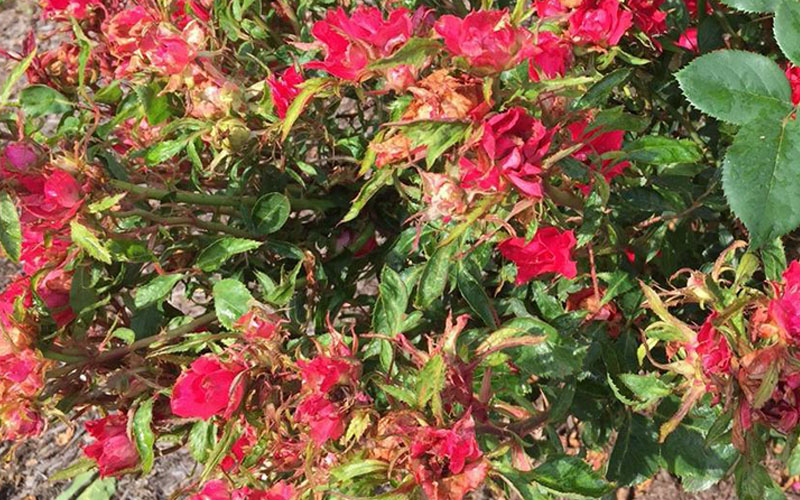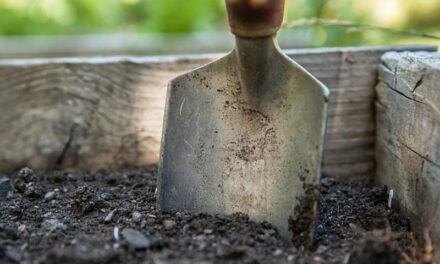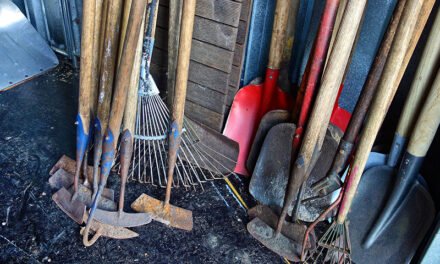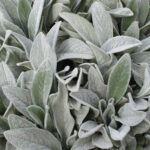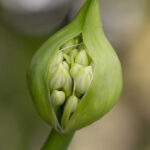Rose enthusiasts know that cultivating these splendid flowers can sometimes be a delicate affair. One of the key challenges is dealing with rose diseases like aphids, with ‘rose disease rosette’ being a prominent concern for those who revel in nurturing these blooms. In this article, we’ll explore what exactly Rosette is, how to identify it, and what steps to take if your beloved roses are affected.
What is Rose Disease Rosette?
Rose disease rosette, commonly referred to as ‘rosette,’ is a devastating rose virus. It primarily affects multiflora roses and ornamental roses. This disease is a viral infection caused by the Rose Rosette Virus (RRV), which is transmitted via microscopic eriophyid mites. When your roses contract this malady, their growth becomes distorted, and they produce excessive thorns. These telltale symptoms make rose rosette fairly easy to identify.
How Do You Recognize Rosette?
Spotting rose disease rosette isn’t rocket science. Here are the main signs to watch out for:
- Excessive Thorns: An overabundance of thorns on your rose stems is a typical indication of rosette. They aren’t the typical thorns you’d expect; they are smaller and densely packed.
- Witch’s Broom: You might observe the development of ‘witch’s brooms,’ which are dense clusters of abnormal, twisted, and often reddish stems and leaves. This peculiar growth is a surefire sign of trouble.
- Reddened Leaves: Rose leaves may turn red or bronze, which is unusual for healthy roses. This discoloration is another red flag for rosette infection.
- Enlarged Shoot Tips: The tips of the affected rose stems become enlarged and distorted, often resembling a broom, hence the term ‘witch’s broom.’
How Do You Treat Rose Disease Rosette?
The unfortunate truth is that there is no known cure for rose disease rosette. Once your roses fall victim to this virus, the best course of action is to remove and destroy the infected plants. This is to prevent the mites from spreading the virus to other roses. To avoid the further spread of the disease, you should also dig up the roots of the infected rose and discard them carefully.
In a broader preventive approach, you should consider planting roses that are resistant to rosette disease. Additionally, regularly inspect your roses for signs of infection. Early detection and prompt removal are your best allies in combating this menace.
Conclusion
Rose disease rosette, caused by the Rose Rosette Virus, is a significant concern for rose enthusiasts. Recognizing the symptoms of rosette, including excessive thorns, witch’s brooms, reddened leaves, and distorted shoot tips, is crucial. Unfortunately, once your roses are infected, the only effective action is to remove and destroy the affected plants to prevent further transmission. Vigilance, early detection, and planting resistant varieties are your best defenses in the battle against Rosette.

